Thermoplastic Injection Molding
Injection molding technology brings plenty of possibilities for product manufacturing, from making polymers and fiber-reinforced technopolymers to metal parts and non-toxic food-safe materials. For this reason, injection molding has become the most popular plastic process in the market.
So what can be the most suitable molding solution for your product?
Getting to know the main aspects of thermoplastic molding can be helpful:
Properties of major thermoplastic polymers used in injection molding
When it comes to making a thermoplastic product, picking the right material is not easy. It’s extremely important to know which polymers to use and the properties they have, either mechanics, aesthetics or elasticity.
Here are the main properties of thermoplastics you should take into account:
- Dimensional stability
- Aesthetic design
- Durability and UV-resistance
- Heat and chemical resistance
Like for any other plastic material, thermoplastics phase transitions occur when temperatures change. Considering their molecular structure, they can be classified as amorphous or chrystallin materials. Also, thermoplastic polymers differ in molding temperature, mould temperature and withdrawal rate. These are all significant during plastic molding procedure.
To get an insight of the main thermoplastic molding parameters, look at this chart.
At the melting point, thermoplastic polymers transform into molten material with viscoelastic and malleability properties. When the molten plastic is injected into the mould cavity, the buildup of pressure packs and holds the material resulting into a solid, which is durable, uniform-shaped and adaptive. Apart from thermosets, phase transitions in thermoplastics are reversible, which means the plastic molding procedure can be repeted. That partly explains why the thermoplastic injection molding has spread so widely.
So what are the most used thermoplastic polymers in injection molding?
Working on plastic molding projects with Setvis, you can choose your product material among the most commonly used polymers such as PS, ABS, PC, PA, POM, PMMA, PC-ABS, PP, PE, and technopolymers like PPS, PPA, PEEK or even polymer-reinforced composites with fibers, glass, carbon, kevlar, mineral fillers or a combination of them. Moreover, molded plastics at Setvis include polymers with fire resistance, antistatic, uv-resistance properties and also food-safe certified polymers./p>
If you want to pick the best material for developing your product, you should learn more about polymers’ features and main applications:
- PS – Polystyrene: mainly used for thermal insulations: mainly used for thermal insulations
- ABS – Acrylonitrile butadiene styrene: made from petroleum, its glossy finish quality is good for plastic carters
- PC – Polycarbonate: with toughness properties, it’s excellent for optical and photographic lenses or electrical insulators
- PA – Polyammid: highly durable and fire-resistant polymer ideal for technical products/li>
- POM – Polypropylen: heat and chemical resistant, it’s a good electrical insulating material perfect for rubber bands
- PMMA – Polymethylmethacrylate: largely known as Plexiglass, because of its transparency, it’s a great alternative to glass
- PC-ABS – Polycarbonate/Acrylonitrile butadiene styrene: compound of PC and ABS with toughness, impact resistance and heat resistance features, it’s commonly used in automotive and electronic engineering
- PP – Polypropylene: this elastic and shiny material is perfect for mechanical applications
- PE – Polyethylene: with excellent insulating and chemical qualities and adaptability, it’s suitable for a wide range of applications from plastic bags to insulating systems and food containers
- PPS – Polyphenylene sulfide: a good alternative to metals, this high-performance technopolymer features excellent mechanical properties, heat and chemical resistance
- PPA – Polyphthalamide: technopolymer with high dimensional stability, good chemical and heat resistance, great aestetic qualities
- PEEK – Polyether ether keton: versatile technopolymer with excellent chemical and mechanical properties mainly used as a biomaterial in dental applications
Choosing the best partner for your product is not simple.
Get started with a free mold flow analysis.
How does polymer injection molding work?
Injection and compression molding are the main plastic transformation technology. Surely injection molding machines are the best equipment for thermoplastic polymer manufacturing.
How does plastic injection molding work?
Injection molding is a 6-phase cycle:
- Filling
- Mold Closure
- Injection
- Pressuring
- Cooling
- Ejection
When forced in the thermoplastic machine, polymers are melted by the injection unit and holded under pressure while the clamp unit keeps the mould closed.
The following scheme simply shows how the injection unit works during molding procedure:
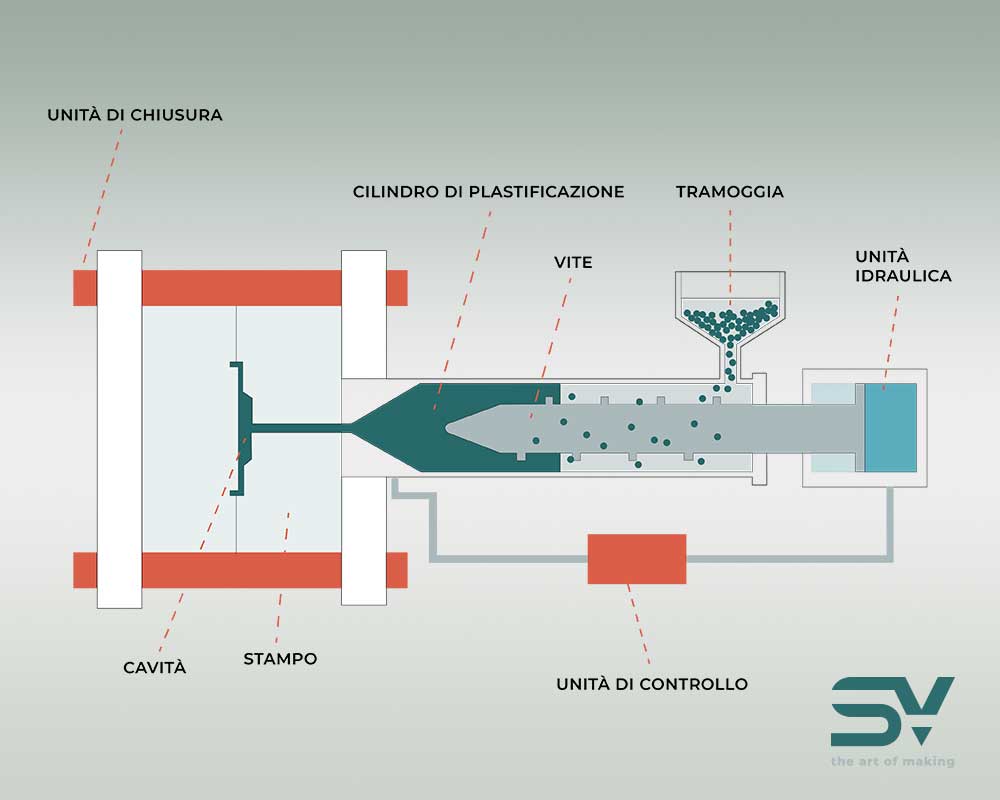
Setvis molding department boasts a set of injection machines from 35 to 550 ton. and these come fully equipped with dessicant dehumidifier systems, robotic technology for post-processing operations on molded parts, mold thermoregulation circuits that ensure the molding cylce runs regularly. Setvis is able to handle thermoplastic manufacturing of parts up to 2,6 kilos at PS=1, also enriched with steal, brass, bronze or aluminium components turned inhouse.
Examples of thermoplastic injection molded products
Thermoplastic injection molding offer endless applications, from reinforced-fiber materials with high mechanical resistance to geometry-complex products. For this reason, examples of Setvis molded products can help you see what you can get from using polymer transformation technology.
Thermoplastic application in machine industry
Thermoplastic applications in machine industry vary including small components, toothed wheels, pliers, shells and coils. Regardless of their final use, injection molded parts guarantee excellent and reliable performance.
Plastic part with high mechanical resistance
Plastic part featuring high impact resistance with decimal tolerances resulted from machining and post-processing operations.
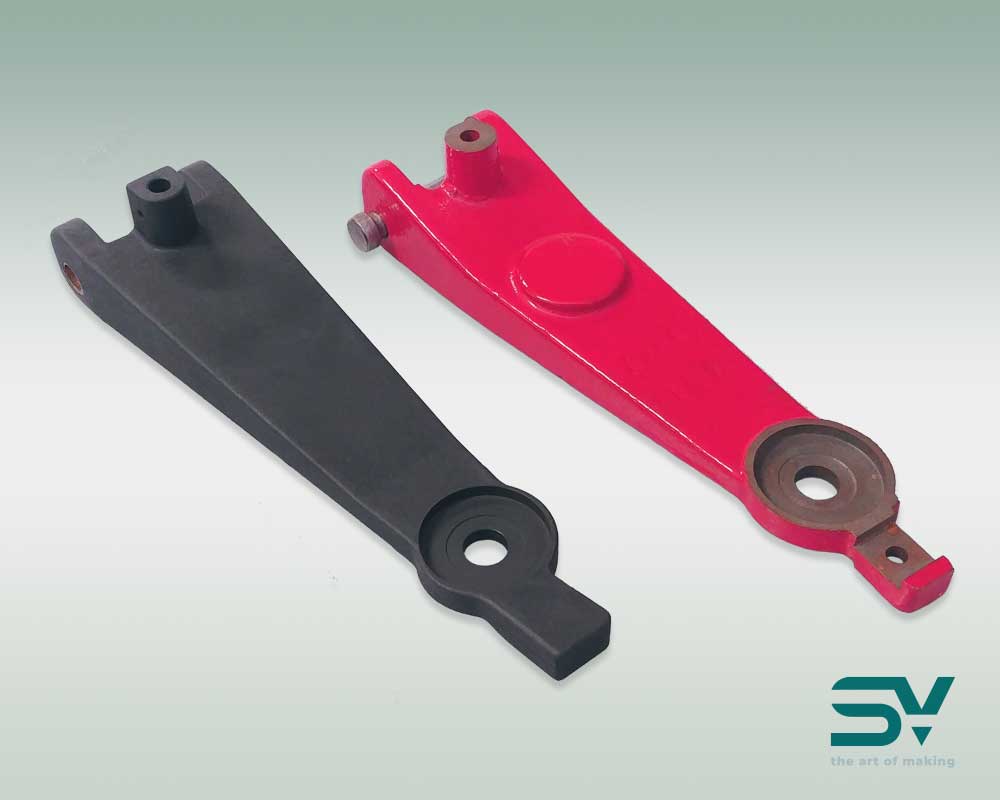
Control valve shells
Control valve semi-shells moulded in glass-fiber reinforced technopolymer, with thicknesses up to approximately 30 mm
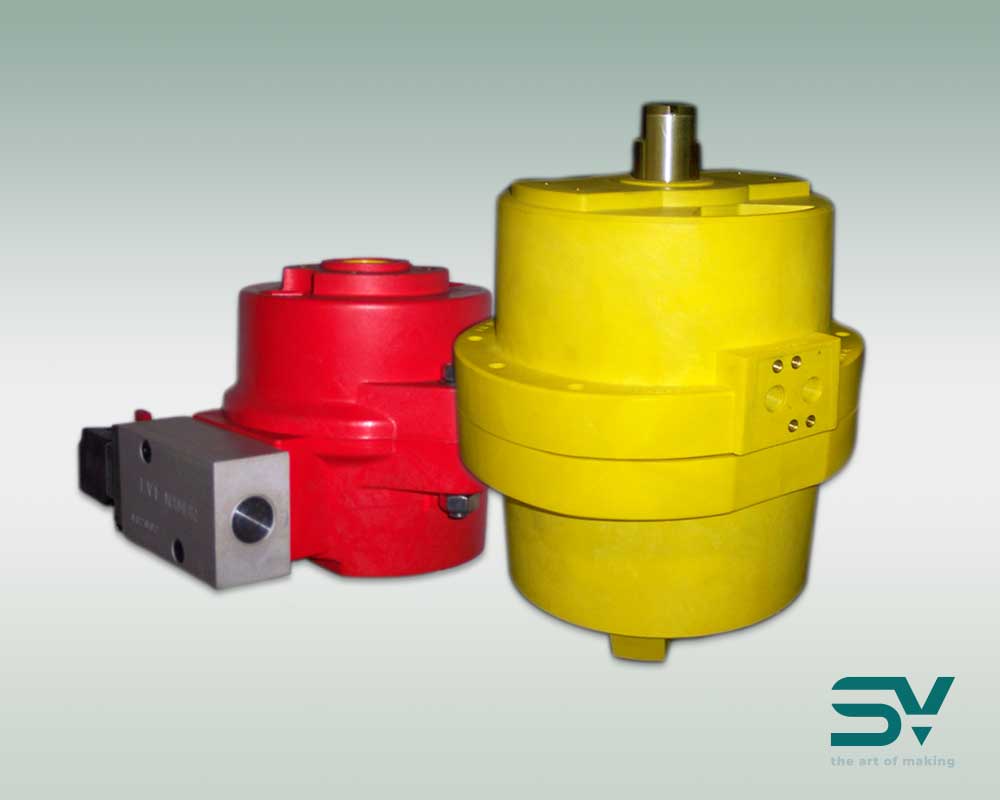
Uso termoplastici per il settore nautico
When it comes to thermoplastic manufacturing for small and big size ships, it’s essential to use polymers with high mechanical and chemical properties, nonetheless top uv-resistance. At Setvis, we focus on design and engineering to meet the aesthetic standards of the naval market.
Sheave with high mechanical resistance/h4>
Moulded sheave made with UV stabilized and corrosion resistant (salt spray test) technopolymer, that has been reinforced with glass fibers to ensure both quality aesthetic finishing and mechanical resistance.
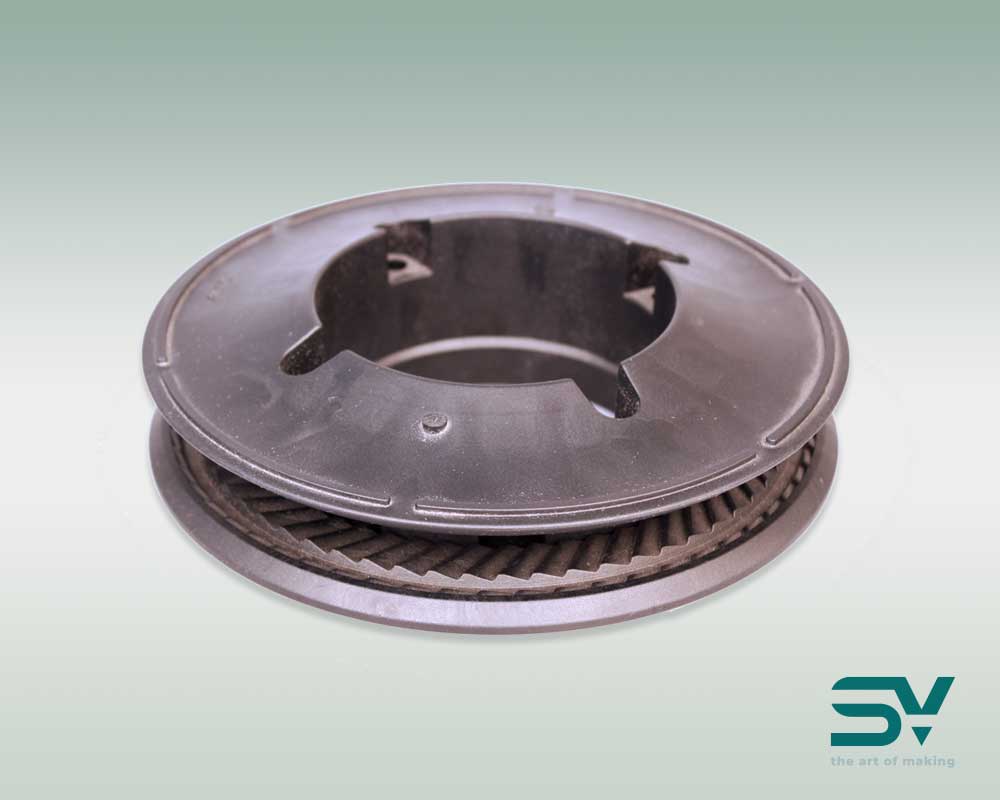
Winch parts with UV protection
Molded part made with UV stabilized and corrosion resistant (salt spray test) technopolymer, that has been reinforced with elastomers to ensure top elastic quality and impact resistance.
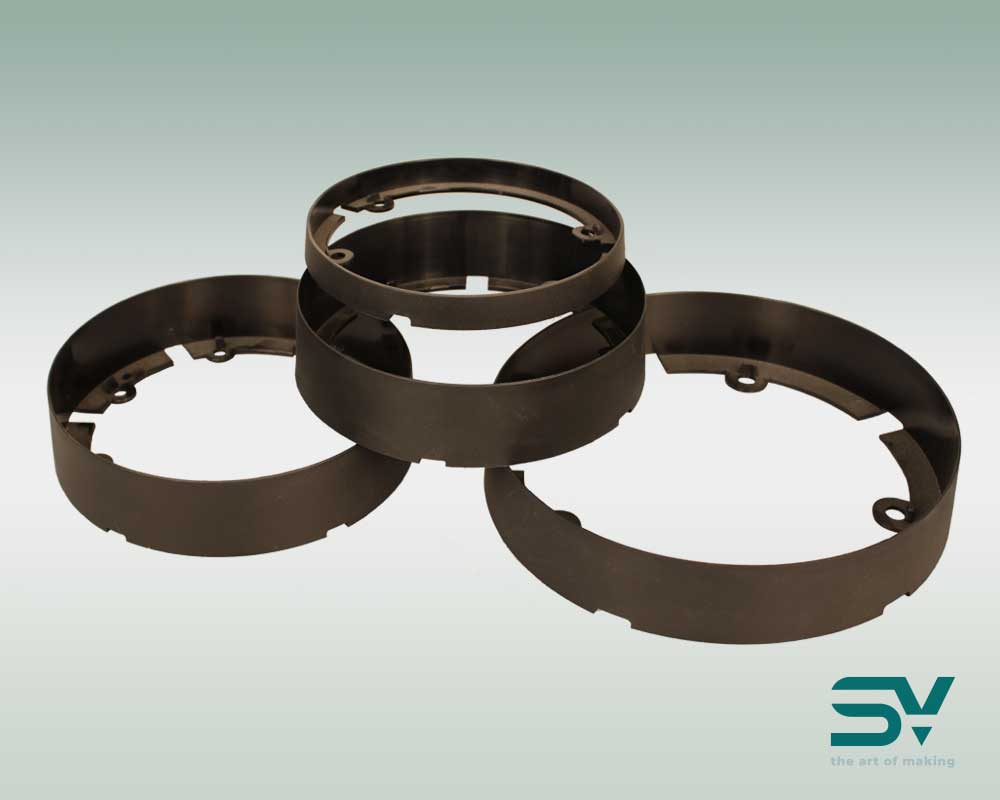
Thermoplastic application in design
When you handle a design project, it’s the little things that make all the difference. Mastering finishing and engineering is key to great aesthetic and functional results in polymer molding for design industries.
“Ellisse” flush plate in stabilized ABS
Designed to meet specific customer needs, this flush plate was moulded using UV stabilized ABS and colored according to a sample.
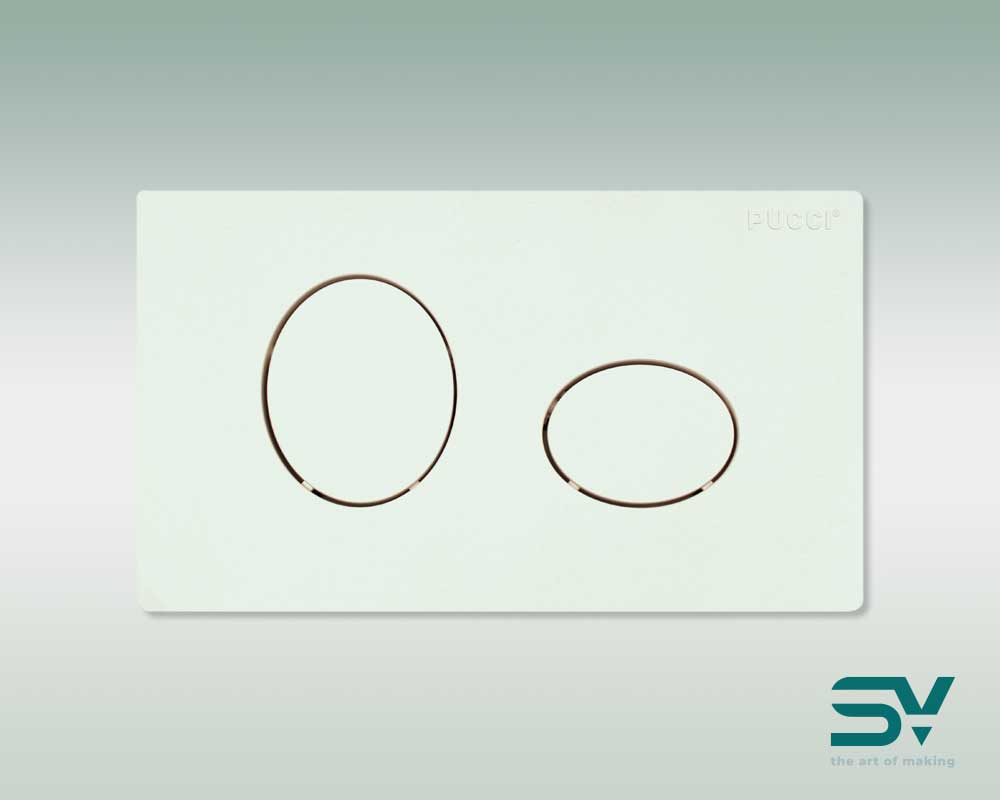
Molded parts with engraved logos on embossed surface
Nautical part moulded with UV stabilized technopolymer and customized with engraved logos on embossed glossy surface.
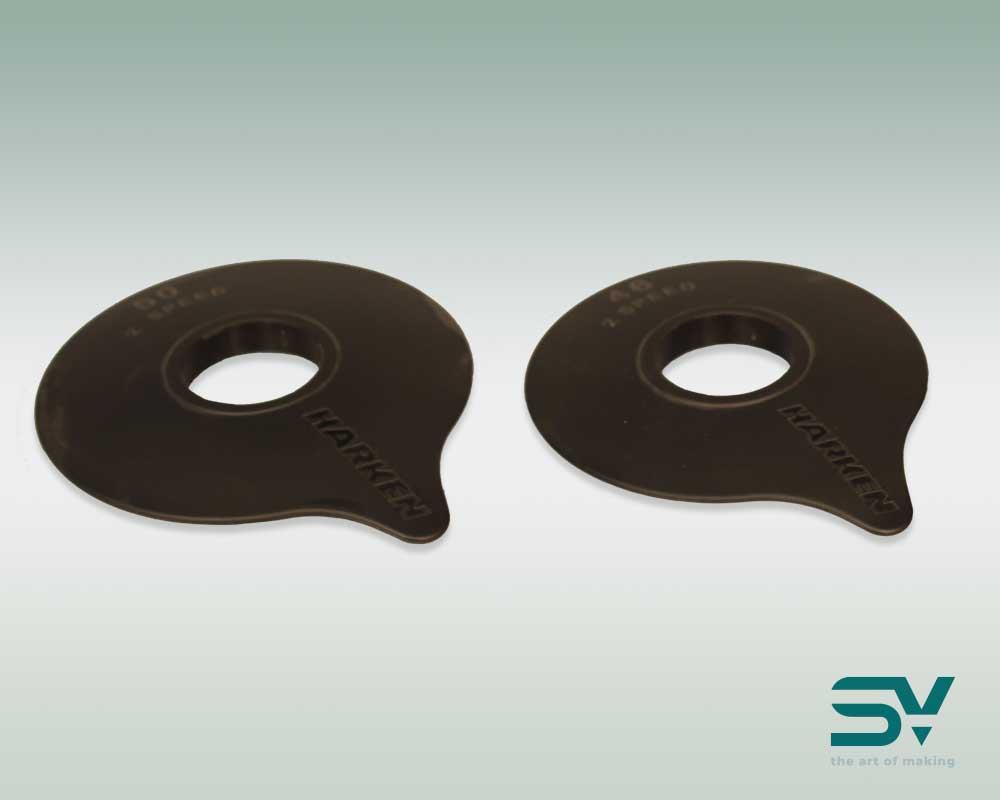
Now that you know a little bit more about thermoplastic polymers and you’ve seen how injection molding works and what can be done with it, you have all you need to start you own plastic molding project.
